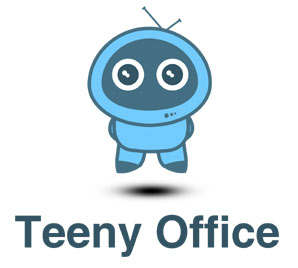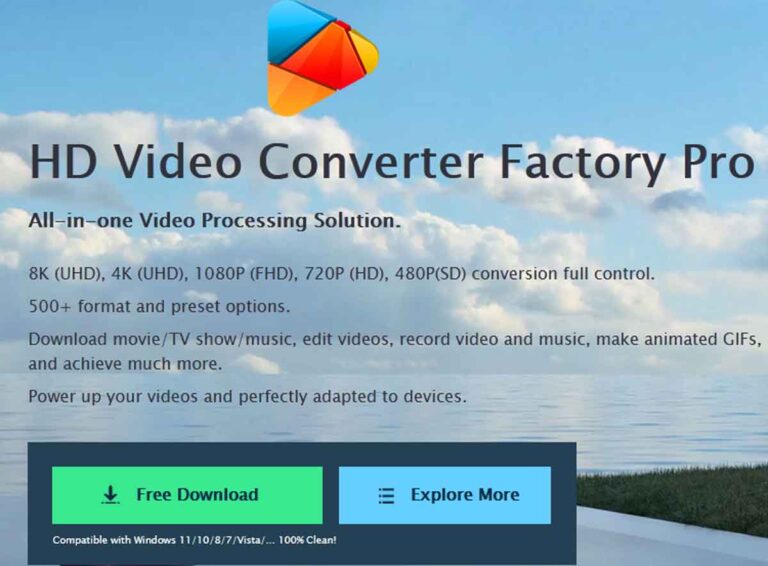How CMMS Software Can Help Larger Companies
CMMS Software for Larger Companies
To know how CMMS Software Can Help Larger Companies, let’s discuss. Large businesses benefit from economies of scale – there’s a reason Walmart can sell pickles at such a low cost to consumers.
There are, however, bottlenecks and disadvantages to economies of scale. Logistics is one such challenge – it’s not difficult to manage the inventory of a single store, but managing the inventory of dozens of stores gets a bit tricky.
A computerized maintenance management system (CMMS) is one-way large businesses can manage inventory, asset, and maintenance logistics. In other words, they’re a type of facility management software. Most often sold as Software as a Service (SaaS), a CMMS aims to integrate a wide variety of maintenance management tasks into one program.
These CMMS software include:
- Asset and inventory tracking
- Spare parts tracking
- Work order automation
- Vendor management
- Preventive maintenance
- Asset lifespan tracking
…and a whole lot more. Back in the day, these tasks were done with paper and pen, or by using Excel sheets. A CMMS has several advantages over these other methods of maintenance tracking.
See Also: Database management system
Let’s dive in:
Simplify Your Recordkeeping
A small company might not find that there are a lot of advantages to a CMMS – they might only have one location in which inventory needs to be tracked. They’d probably save money by simply using an Excel sheet. Large companies, conversely, have many assets and inventory that move from location to location.
Automation serves us best when it can be used to eliminate rote tasks that are prone to human error. Location tracking is one such task. Instead of crossing a piece of inventory of a sheet in one location and adding it in another, a CMMS might automatically track things like:
- An asset’s current location
- All of the assets former locations
- When the asset was transferred from one location to another
This means you never risk not knowing where your inventory is, and where it has been. What’s more, spare parts tracking ensures you have all of the resources needed for maintenance or repair of your assets.
For large businesses, this means an increase in overall efficiency and a decrease in errors. It also frees up valuable time for employees to concentrate on more important tasks than trying to track where a forklift is.
Make Data Easy to Access
When was the last time that forklift got repaired?
Is it in need of preventive maintenance?
How many times has it been used?
This is all valuable information that you might not have readily available if your equipment has been moved to a new location.
That is, unless you have a CMMS software.
See Also: Benefits of MLM business software
You can give your team members access to your CMMS – you get to decide how limited that access is. That means that any information that’s been recorded anywhere on your company’s CMMS is accessible by relevant parties. No more calling from location to location to get the documents you need – it’s all right there, 24/7.
A CMMS can also improve workflow. You can automatically schedule preventive maintenance should any number of triggers be met.
These triggers include:
- KM or MI driven
- Time since last maintenance
- # of times used
There are many other triggers that might exist in a CMMS; given their SaaS nature, CMMS companies are often also able to create custom triggers for you. When these triggers are met, a work order is automatically sent out to the appropriate person for preventive maintenance.
Spare part and inventory tracking can prompt relevant parties to purchase more inventory when you’re running low. Work orders can also be scheduled on the fly, with worker availability, proximity, and more – at your fingertips.
More Data, Better Decisions
We’ve established that data becomes both easier to access and less prone to errors. That means you have more and better data available to you. You can use this data to make decisions about what equipment to purchase, how often assets need preventive maintenance, and at what point the cost to replace starts outweighing the cost to repair.
You can do all of these calculations on your own, or you can connect most CMMS software with other business management software. Some CMMS will even have their own built-in analytics to help you make an accurate repair/replace CBA.
To Recap:
A CMMS serves to simplify your business by eliminating rote and error-prone tasks, to create efficiencies by making relevant data more easily accessible, and to improve your spending decisions by providing you with a more accurate picture of how maintenance tasks affect costs.
The larger your business is, the better a CMMS can serve you. Compared to a smaller business, you have more inventory to track, more data to optimize, and more labor to save. Your CMMS will help with it all.
You don’t need to buy the first CMMS you see, of course. Take your time to test what various companies have to offer, and find the one that best matches your needs and your budget. For most large businesses, the effort will be well worth it!
First published on www.Techcody.com



